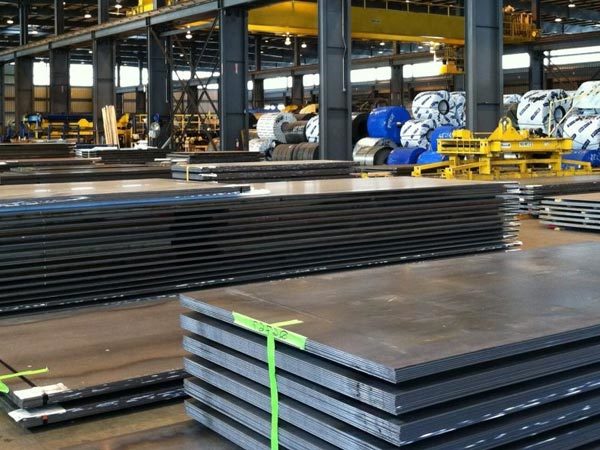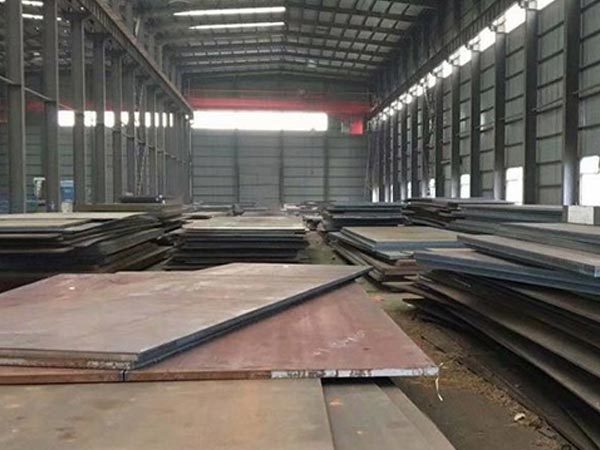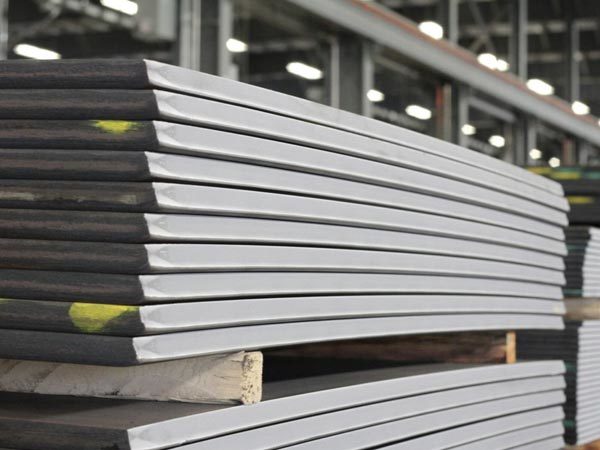Weight of high-strength steel plate and ordinary steel plate
Time:
Aug 14,2024
The density of steel plates is usually around 7.85g/cm³, but the density of high-strength steel plates may be higher, depending on the alloy composition and manufacturing process.
The weight difference between high-strength steel plates and ordinary steel plates is mainly reflected in their density and thickness. High-strength steel plates are usually denser than ordinary steel plates, so they weigh more for the same volume. In addition, high-strength steel plates are usually thicker, which also increases their weight.
The main factors affecting the weight of steel plates include the density and thickness of the steel plate. The density of steel plates is usually around 7.85g/cm³, but the density of high-strength steel plates may be higher, depending on the alloy composition and manufacturing process. Thickness is also a key factor affecting weight. The thicker the thickness, the heavier the weight.
The specific weight calculation method can be calculated based on the density and size of the steel plate. For example, for a steel plate with a thickness of 2 mm, a length of 1 meter, and a width of 1 meter, its weight can be calculated by the following formula:
Weight = length × width × thickness × density
For example, a 304 stainless steel plate with a thickness of 2 mm, a length of 1 meter and a width of 1 meter has a density of 7.93 g/cm³, so its weight is:
Weight = 1 × 1 × 0.002 × 7.93 = 0.01586 kg
This method allows the weight of a specific steel plate to be calculated based on its dimensions and density.








